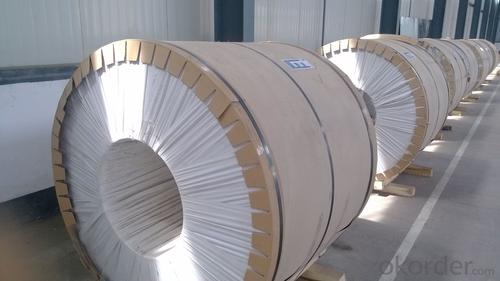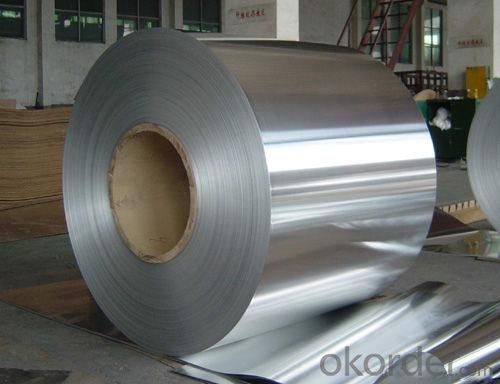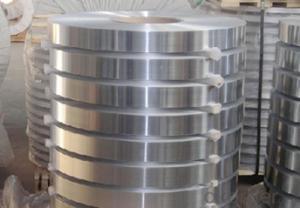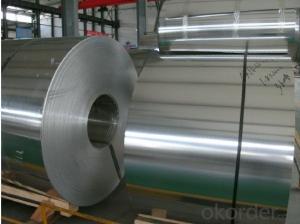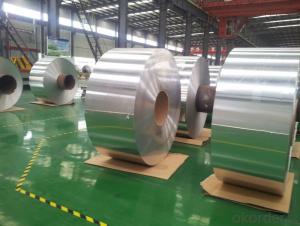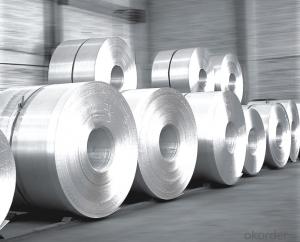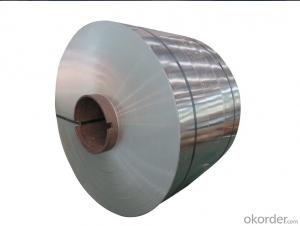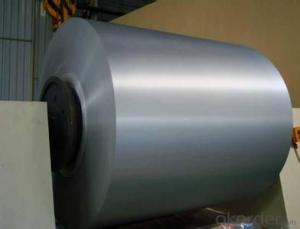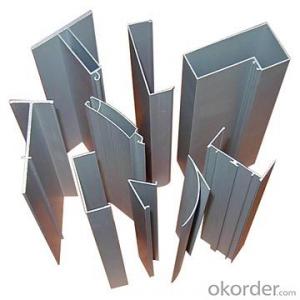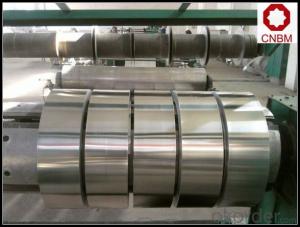6083 T5 Aluminium Alloy Coils from China
- Loading Port:
- Shanghai
- Payment Terms:
- TT OR LC
- Min Order Qty:
- 8 m.t.
- Supply Capability:
- 90000 m.t./month
OKorder Service Pledge
OKorder Financial Service
You Might Also Like
Specification
6083 t651 aluminium alloy plate/coil price
Product Description
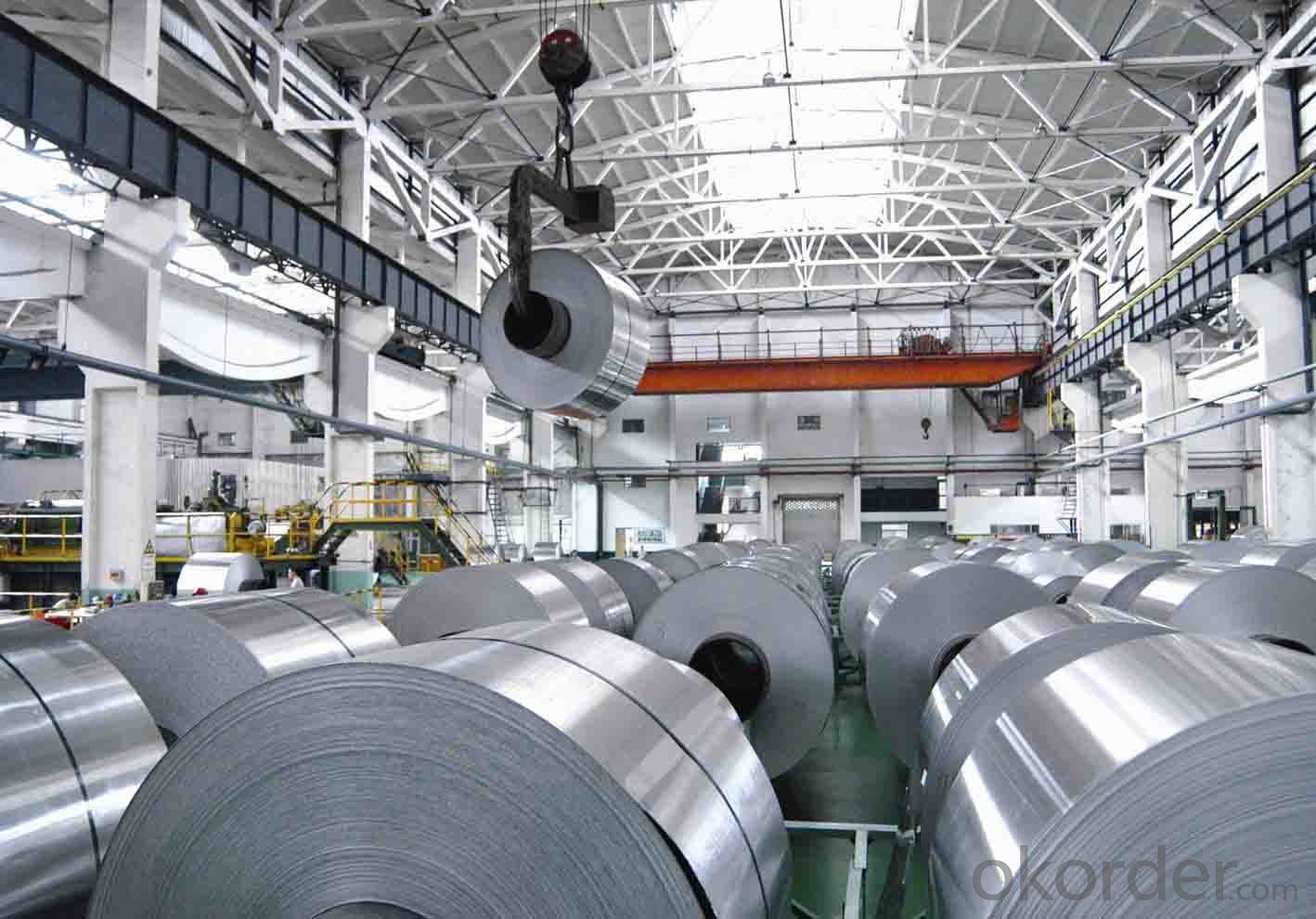
Product Specification
| Alloy Band | 6061, 6063, 6082 |
| Temper | O, T4, T6, T651 and other |
Thickness | ≤170mm |
Width | ≤2200mm |
| Longth | ≤12000mm |
| Application | Automobile, Aviation, Electronics, Mold, Quenched plate, Pre-stretched plate, etc |
| Standards | ASTM-B209. EN573-1, GB/T3880.1-2006 |
| MOQ | 5 tons |
| Payment Term | L/C; T/T. |
| Delivery Time | Within 30 days after receipt of deposit. |
| Notice: We can according to customer requirement offer other different alloy band and state product | |
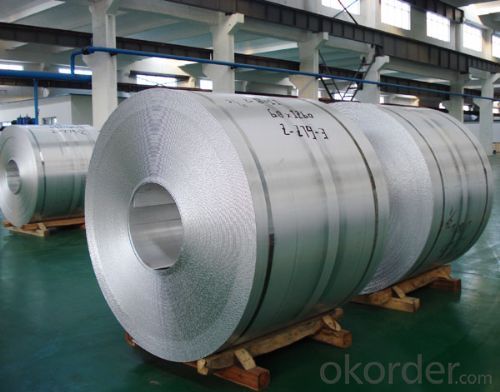
6000 series aluminium plate
Aluminum Sheet Number Plate offer a remarkable spectrum of design opportunities to benefit consumer electronics manufacturers. The light weight materials enable you to trim precious ounces, coupled with high strength to make smaller, thinner components attainable. But while they score high marks for function, these alloys also take on an outstanding variety of looks and feels— a multitude of alternatives for creating and updating handheld devices and technologies for the home.
Application: Architectural sections for windows, doors, curtain walls. Interior fittings, frame systems, lighting, ladders, railings etc. Heat sink sections, electronic modules, electro motor housings. Flexible assembly systems, special machinery elements; Truck and trailer flooring, pneumatic installation, railway, inside applications. Irrigation pipes. Furniture, office equipment. Radiator and other heat exchanger applications
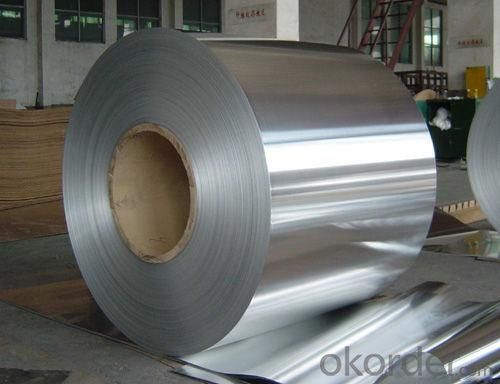
- Q: What are the common applications of aluminum coils in the aerospace industry?
- Aluminum coils are commonly used in the aerospace industry for various applications such as constructing aircraft frames, manufacturing wings, building fuselages, and designing engine components. The lightweight yet strong nature of aluminum makes it an ideal choice for these purposes, as it helps reduce overall aircraft weight, enhance fuel efficiency, and improve performance. Additionally, aluminum's corrosion resistance properties play a crucial role in ensuring the longevity and durability of aerospace structures.
- Q: What are the proper storage methods for keeping aluminum coil in good condition?
- <p>To store aluminum coil properly, ensure a clean, dry, and well-ventilated environment. Keep the coil away from moisture and direct sunlight to prevent oxidation and discoloration. Store coils horizontally on wooden pallets or racks to avoid deformation. Maintain a consistent temperature and avoid extreme fluctuations. Use protective coverings or wrapping to shield the coil from dust and contaminants. Regularly inspect the coils for any signs of damage or corrosion and address any issues promptly.</p>
- Q: How do aluminum coils contribute to architectural design flexibility?
- Architectural design flexibility is greatly enhanced by the unique properties and versatility of aluminum coils. Firstly, their lightweight nature simplifies handling and installation, in contrast to materials like steel or concrete. This attribute grants architects the freedom to explore more imaginative and innovative designs, unburdened by weight constraints. It also facilitates the construction of large and intricate structures, providing architects with greater design freedom. Secondly, aluminum coils offer an extensive array of surface finishes and colors. They can be painted, anodized, or coated with various materials, enabling architects to achieve desired aesthetic effects and harmonize the building's appearance with its surroundings or intended architectural style. This broad range of finishes allows architects to experiment with diverse visual effects, textures, and patterns, thereby enhancing overall design flexibility. Furthermore, aluminum coils possess exceptional corrosion resistance properties. This durability ensures that architectural elements made from aluminum coils can withstand harsh weather conditions, such as rain, snow, or UV radiation, without deteriorating over time. The extended lifespan and minimal maintenance requirements of aluminum coils make them an appealing choice for architects seeking sustainable and long-lasting design solutions. Moreover, aluminum coils can be easily shaped, bent, or formed into an assortment of profiles and dimensions. This malleability empowers architects to create custom architectural elements that meet specific design requirements, such as curved facades, intricate detailing, or irregular shapes. The ability to mold aluminum coils according to the architect's vision enables the realization of distinctive and unique designs that stand out in the architectural landscape. Lastly, aluminum coils are recyclable and environmentally friendly. By incorporating aluminum into architectural design, architects align themselves with sustainable practices, as aluminum can be recycled repeatedly without losing its properties. This aspect appeals to architects and clients who prioritize eco-friendly design solutions and seek to minimize their carbon footprint. In conclusion, aluminum coils significantly contribute to architectural design flexibility by offering lightweight construction, a wide range of surface finishes, excellent corrosion resistance, malleability, and recyclability. These characteristics empower architects to push the boundaries of design, create visually stunning structures, and deliver sustainable and enduring architectural solutions.
- Q: Are aluminum coils suitable for electrical transformers?
- Yes, aluminum coils are suitable for electrical transformers. Aluminum is a lightweight and cost-effective material that offers several advantages for transformer construction. It has excellent electrical conductivity, comparable to copper, which allows for efficient power transfer. Additionally, aluminum coils have lower resistance than copper coils, resulting in reduced power losses and improved energy efficiency. The use of aluminum coils in transformers also contributes to weight reduction, making them easier to handle and transport. However, aluminum coils require larger cross-sections compared to copper coils due to their slightly lower conductivity. This means that transformers using aluminum coils may be slightly larger in size. Overall, aluminum coils are a viable and widely used alternative to copper coils in electrical transformers, offering cost savings, high conductivity, and improved energy efficiency.
- Q: Is it safe and effective to use aluminum coils for baking purposes?
- <p>Aluminum coils are generally not recommended for baking. While aluminum is a good conductor of heat and is used in some baking pans, using aluminum coils directly in baking can lead to uneven heating and potential health concerns due to the leaching of aluminum into the food. It's better to use materials specifically designed for baking, such as silicone or metal baking sheets, which are safe and provide even heat distribution.</p>
- Q: Are there any specific certifications or qualifications required for aluminum coil suppliers?
- Yes, there are specific certifications and qualifications required for aluminum coil suppliers. These may include ISO certifications, quality management systems, and adherence to industry standards such as ASTM (American Society for Testing and Materials) or EN (European Norm) specifications. Additionally, suppliers may be required to meet certain regulatory requirements, such as those related to environmental sustainability or occupational health and safety.
- Q: I HEARD THAT ALUMINUM POWDER TIGHTEN YOUR VAGINA BUT WHERE DO I BUY IT AND HAVE ANY ONE HEARD OF BEYDARY PILLS, I HEARD THEY TIGHTEN YOUR VAGINA ALSO AND WHERE CAN I BUY THEM
- try leaving it alone for awhile
- Q: I have aluminum windows that have to be replaced due to bad thermopanes - there is accumulated grime and humidity in between the panes. Is it possible to buy individual custom-sized replacements or do I have to get all new windows and frames? Any referrals would be helpful.
- If you want to replace them, I would start at a local home improvement store-- they all carry the major brands and there are tax incentives now for replacing windows.
- Q: How are aluminum coils protected against scratching?
- Aluminum coils are typically protected against scratching through various methods such as applying a protective film or coating, using protective packaging materials, or employing proper handling and storage procedures to minimize contact with abrasive surfaces.
- Q: What are the different coil winding options available for aluminum coils?
- There are several different coil winding options available for aluminum coils. These options include: 1. Single-layer winding: This is the most basic winding option where the wire is wound in a single layer around the coil. It is suitable for applications where space is limited and efficient cooling is required. 2. Double-layer winding: In this winding option, two layers of wire are wound on top of each other. This provides better heat dissipation and allows for higher power handling capacity. 3. Concentric winding: Concentric winding involves winding the wire in a series of concentric circles, with each layer of wire having a slightly different diameter. This type of winding is used to reduce the overall size of the coil while maintaining high inductance. 4. Litz wire winding: Litz wire is a type of wire made up of multiple strands, each individually insulated. This winding option is used to minimize skin effect and reduce power loss due to high-frequency currents. Litz wire winding is commonly used in high-frequency applications. 5. Toroidal winding: Toroidal winding involves winding the wire in a circular shape, creating a toroidal coil. This type of winding offers better magnetic field containment and reduced electromagnetic interference. 6. Layered winding: Layered winding involves winding the wire in multiple layers, with each layer insulated from the previous one. This type of winding is used when a high number of turns is required in a compact space. 7. Sectional winding: Sectional winding involves dividing the coil into different sections and winding each section separately. This allows for better control over the distribution of magnetic flux and reduces losses. Each of these coil winding options has its own advantages and is suitable for different applications based on factors such as power handling capacity, size constraints, and frequency requirements.
Send your message to us
6083 T5 Aluminium Alloy Coils from China
- Loading Port:
- Shanghai
- Payment Terms:
- TT OR LC
- Min Order Qty:
- 8 m.t.
- Supply Capability:
- 90000 m.t./month
OKorder Service Pledge
OKorder Financial Service
Similar products
Hot products
Hot Searches
Related keywords



